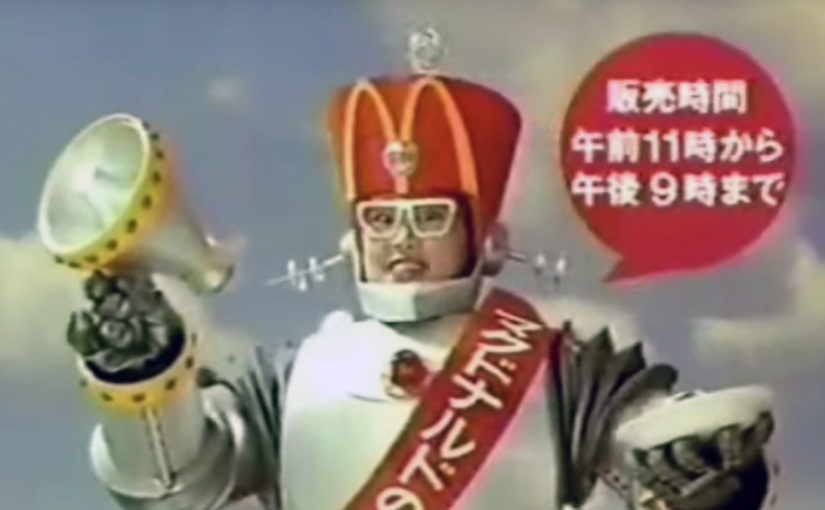The Kanmon Straits (関門海峡, Kanmon-kaikyÅ) or the Straits of Shimonoseki is the stretch of water separating Honshu and Kyushu, two of Japan’s four main islands. On the Honshu side of the strait is Shimonoseki (下関, which contributed “Kan” (é–¢) to the name of the strait) and on the Kyushu side is Kitakyushu, whose former city and present ward, Moji (é–€å¸), gave the strait its “mon” (é–€).
The majority of the pufferfish‘s species are toxic and some are among the most poisonous vertebrates in the world. In certain species, the internal organs, such as the liver, and sometimes the skin, contain tetrodotoxin, and are highly toxic to most animals when eaten; nevertheless, the meat of some species is considered a delicacy in Japan (as 河豚, pronounced fugu), Korea (as ë³µ, bok, or 복어, bogeo), and China (as 河豚, hétún) when prepared by specially trained chefs who know which part is safe to eat and in what quantity.
Heikegani (平家蟹, ヘイケガニ, Heikeopsis japonica) is a species of crab native to Japan, with a shell that bears a pattern resembling a human face which many believed to be the face of an angry samurai hence the nickname samurai crab.
Octopus is a common ingredient in Japanese cuisine, including sushi, takoyaki and akashiyaki.
Kaisendon (海鮮丼) consists of thinly-sliced sashimi on rice. Fish roe may also be included.

